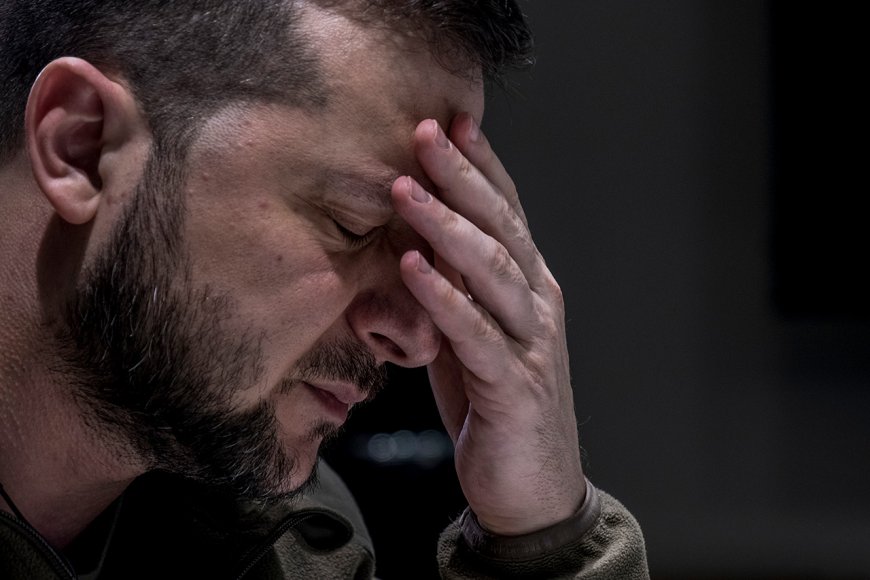Trump’s Ukraine Peace Stance: Diplomatic Memos Reveal Why Progress Stalled
Diplomatic memos reveal why Trump’s Ukraine peace strategy has stalled, with insider views, worker perspectives, and NATO concerns shaping U.S. foreign policy.

When President Donald Trump renewed his calls for a negotiated peace in Ukraine earlier this year, many in Washington and Brussels anticipated a breakthrough moment. Instead, the months since his warm public remarks toward Vladimir Putin have yielded little concrete progress, according to diplomats and policy analysts who spoke to NewsSutra under the condition of anonymity.
Newly surfaced diplomatic memos—reviewed by this publication—suggest that Trump’s strategy of personal diplomacy, centered on his belief that a direct rapport with the Kremlin could unlock concessions, has faced sharp resistance not only from Moscow but also from U.S. allies wary of being sidelined.
A Tense Silence in Negotiating Rooms
According to three officials familiar with the closed-door talks, the White House has pressed for an immediate ceasefire framework, with guarantees of future territorial negotiations. But European envoys describe the process as “stalling at the starting gate,” largely because Kyiv refuses to entertain what it views as a “freeze” that would lock in Russian territorial gains.
One diplomat from Eastern Europe, speaking after an August meeting in Brussels, put it bluntly:
“The U.S. is talking ceasefire, but Ukraine is talking sovereignty. These are two different languages.”
Internal memos circulated at the State Department in late July—obtained via a freedom of information request—reflect growing concern that Washington’s emphasis on bilateral U.S.-Russia channels undermines broader NATO coordination.
Historical Echoes and Strategic Contrasts
Comparative analysis with past administrations highlights the gap between Trump’s approach and his predecessors’. Under President Barack Obama, U.S. support for Ukraine was couched in multilateral sanctions and NATO-led deterrence. The Biden administration, by contrast, leaned heavily on supplying weapons and economic aid, framing the conflict as a global test of democracy.
Trump’s model departs from both, hinging on the personal promise of persuasion. Yet, as one veteran European diplomat noted:
“This is not the Cold War. Personal charm does not redraw borders.”
For context on the long arc of U.S.-Russia relations, readers may explore the Council on Foreign Relations’ historical brief which outlines the evolving policy stances toward Eastern Europe.
Worker and Family Perspectives Back Home
Interestingly, the debate is not only playing out in Washington conference rooms. In towns across Pennsylvania, Ohio, and Michigan, factory workers interviewed outside Intel and General Motors plants described a different concern: the economic ripple effects of war.
Several said they viewed Trump’s outreach to Putin as a pragmatic move, not necessarily a moral one. “We’re tired of sending billions overseas while our jobs feel shaky,” said one auto worker in Detroit. “If Trump can make peace and bring the money back here, that’s good for us.”
Union data confirms rising frustration over defense-heavy spending while domestic infrastructure struggles. This aligns with broader U.S. public polling showing a decline in enthusiasm for continued large-scale aid to Ukraine.
Inside the Leaked Memos
Among the most revealing details from the leaked diplomatic memos is an internal forecast projecting that, without progress by early 2026, U.S. credibility among NATO allies could fracture. The memo also warns of increasing Russian leverage in Africa and the Middle East, suggesting that a frozen conflict in Ukraine would free up Moscow to extend its global influence.
Foreign policy scholars caution that this could resemble the post-Soviet stalemates of the 1990s, where unresolved conflicts in Georgia and Moldova lingered for decades. A Carnegie Endowment analysis warns that so-called “frozen conflicts” often become semi-permanent features of regional politics rather than temporary compromises.
For a deeper understanding of frozen conflicts in global geopolitics, readers can reference the Brookings Institution’s expert insights.
Looking Ahead: A Predictive Outlook
While no formal peace framework is expected before the year’s end, insiders suggest that Trump is preparing to unveil a “new vision” for Ukraine by January 2026. That plan, according to drafts circulating among think tanks, would emphasize economic reconstruction aid in exchange for immediate ceasefire compliance.
Skeptics argue this amounts to rewarding Russia for aggression. Proponents counter that it is the only realistic path to stop the bloodshed.
What is clear is that Trump’s Ukraine policy has already reshaped the global debate—less about lofty ideals of democracy, and more about immediate trade-offs between sovereignty, security, and economic survival.











